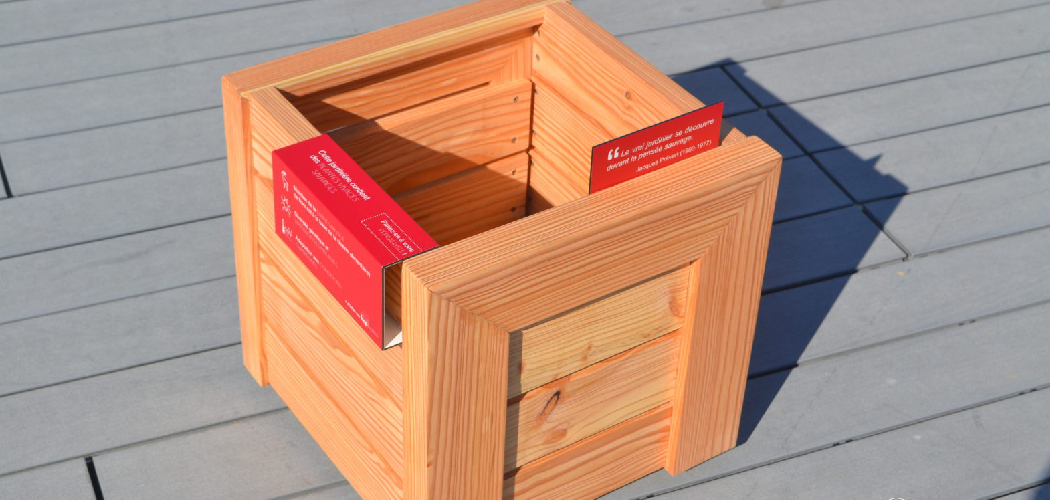Staining a wood planter box is an excellent way to enhance its natural beauty while ensuring it withstands the test of time. Whether you’re looking to highlight the grain of the wood or add a rich splash of color to your garden, staining offers a perfect solution.
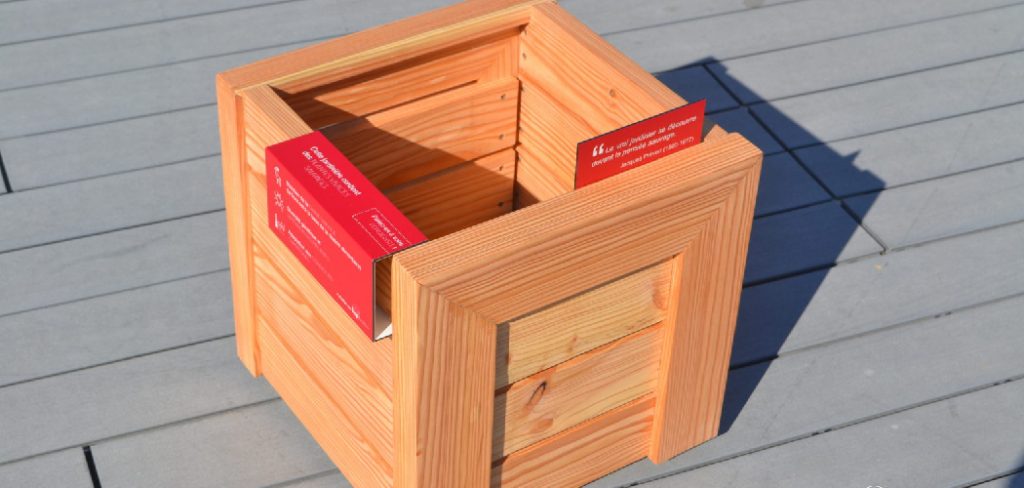
Beyond aesthetics, staining also provides vital protection against the elements, helping to preserve the wood from moisture, UV rays, and general wear and tear. By taking the time to stain your planter box, you’ll improve its durability, elevate its appearance with a polished look, and prevent premature weathering.
This article serves as a comprehensive guide on how to stain a wood planter box, covering every step from preparation to application and finishing touches. Whether you’re a beginner or seasoned at DIY projects, these tips will help you achieve beautiful, long-lasting results for your wood planter box.
Materials and Tools Needed
Before you begin staining your wood planter box, having all the necessary materials and tools ready is essential. Proper preparation will ensure a smooth and efficient process, resulting in a beautifully finished planter box that withstands time and elements.
Essential Materials
- Wood stain – Select a stain based on your desired color and finish, such as water-based or oil-based options.
- Wood sealer or protective finish – Optional but recommended for added durability and weather resistance.
- Paintbrush or staining pad – These are ideal for applying the stain evenly across the wood surface.
- Rags or paper towels – Useful for wiping away excess stains and cleaning up any spills.
- Sandpaper (medium and fine grit) – This helps smooth the surface before staining and ensures better stain absorption.
- Painter’s tape – Optional if you need clean, precise edges or want to protect areas from stain.
Tools
- Paint tray – Helps hold the stain for easy application, minimizing mess.
- Gloves – Wear gloves to protect your hands from stains and chemicals.
- Drop cloth or plastic sheeting – Use these to safeguard your work area from accidental spills or drips.
By gathering these materials and tools ahead of time, you set yourself up for a successful and hassle-free staining project.
Choosing the Right Stain
Selecting the right stain for your planter box is an important step to ensure a beautiful and lasting finish. There are different types of wood stain to consider, each with unique benefits.
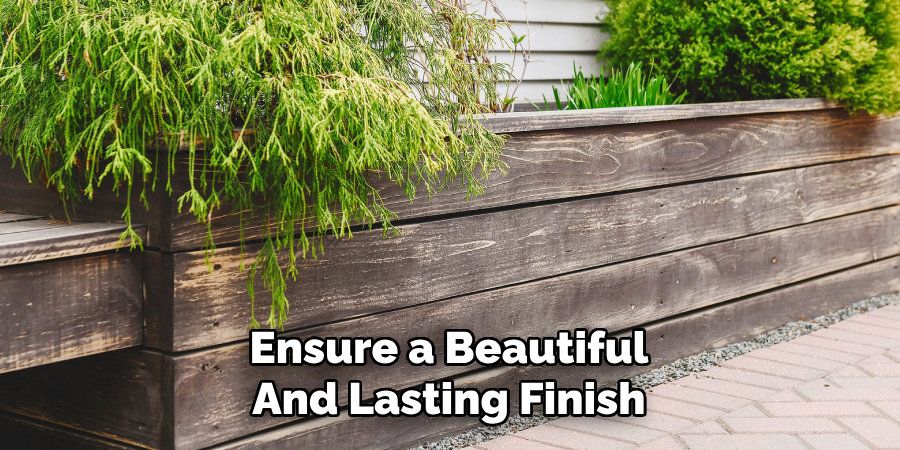
Types of Wood Stain
- Oil-based stain: This type of stain penetrates deeply into the wood, offering rich color and durability. It is ideal for projects that require long-lasting protection. However, oil-based stains take longer to dry and require solvent cleaning.
- Water-based stain: Water-based stain is a great choice if you’re looking for quicker drying times and easier cleanup. It is environmentally friendly and has less odor but may not last as long as oil-based options, especially outdoors.
Considerations for Choosing
- Stain Color: Choose a stain color that complements your garden or home decor. Darker stains can add a touch of elegance, while lighter tones provide a natural, rustic feel.
- Finish: Decide on the finish you want, whether it’s matte, satin, or glossy. Each offers a different aesthetic and level of sheen.
- Outdoor vs. Indoor Use: If your planter box is used outdoors, choose a stain that is specifically designed to be UV and water-resistant, as this will protect the wood from the elements and prolong its life.
By carefully considering these factors, you can ensure your planter box looks stunning while remaining functional for years to come.
Preparing the Wood Planter Box
Proper preparation is essential to achieve a professional and long-lasting finish for your wood planter box. Follow these steps to get your planter box ready for staining or sealing:
Step 1: Clean the Planter Box
Begin by removing any dirt, dust, or debris from the surface of the wood. Use a damp cloth or a wood cleaner to thoroughly clean the planter box, ensuring no contaminants could affect the stain’s application. Allow the wood to dry completely before moving to the next step. Proper cleaning helps the .
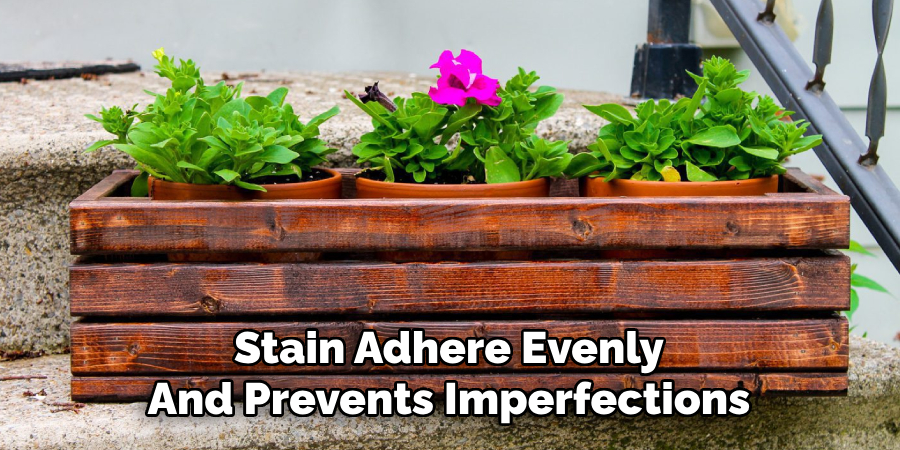
Step 2: Sand the Wood
Start sanding the wood using medium-grit sandpaper (120-150 grit) to smooth out any rough surfaces and edges. This will help remove any splinters or uneven areas. Once this is complete, follow up with fine-grit sandpaper (220 grit) to ensure the surface is smooth and even. Always sand in the direction of the wood grain to avoid scratches or damage to the wood fibers. This step is critical for achieving a uniform and polished look once the stain is applied.
Step 3: Apply Painter’s Tape (Optional)
If there are areas of the planter box you do not want to be stained, such as hardware or specific edges, apply painter’s tape to mask off these sections. This will help ensure clean lines and prevent unwanted staining in these areas. Take your time to carefully apply the tape for a neat and professional appearance.
How to Stain a Wood Planter Box: Applying the Wood Stain
Step 1: Stir the Stain
Before you begin applying the stain, thoroughly stir it to ensure the pigments are evenly mixed. This step is crucial for achieving a consistent color throughout the project. Use a stir stick to slowly mix the stain, scraping the bottom of the can to incorporate any settled pigments.
Step 2: Test the Stain
Before committing to the entire planter box, test the stain on a small, inconspicuous area of the wood. This allows you to confirm the color matches your expectations and adjust your application method if needed. Ensure the test area is dry before proceeding with the rest of the box.
Step 3: Apply the First Coat
Using a clean paintbrush or staining pad, apply a generous layer of stain to the wood. Work in long, smooth strokes that follow the direction of the grain to ensure an even finish. Pay close attention to the planter box’s edges, corners, and detailed sections. If the bottom of the box is exposed, apply stain there as well for a uniform look.
Step 4: Wipe Off Excess Stain
After applying the stain, allow it to sit on the wood’s surface for a few minutes; the exact timing will vary depending on the manufacturer’s instructions. Once the stain has penetrated, use a clean rag or paper towel to remove excess. This step helps blend the stain and prevents uneven coloring or blotches.
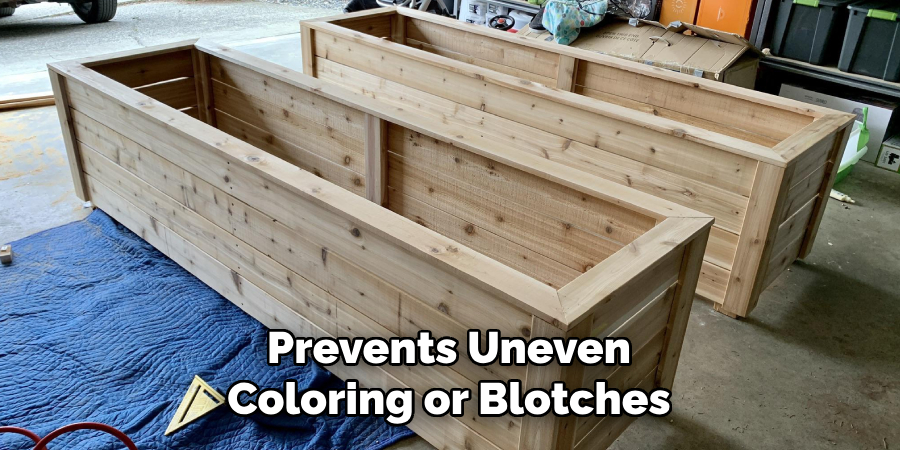
Step 5: Let it Dry
Allow the first coat of stain to dry completely. Drying times typically range from 4 to 6 hours, but consult the manufacturer’s recommendations for precise guidance. Leaving adequate drying time is essential to achieving a smooth and durable finish. Additional coats can be applied after the first layer is dry if a deeper color is desired.
Sealing the Wood
Step 1: Choose the Right Sealer
Selecting the appropriate sealer is crucial for protecting the stained wood and extending its lifespan. If the planter box will be used outdoors and exposed to weather, opt for a durable outdoor wood sealer that provides resistance to moisture, UV rays, and fluctuating temperatures. For indoor planters, an acrylic sealer or varnish is sufficient, as it offers a smooth finish and adequate protection in controlled environments.
Step 2: Apply the Sealer
Using a clean brush or cloth, apply a thin and even layer of sealer to the stained surface. Pay extra attention to edges and corners, as these areas are more prone to wear and damage. Ensure even coverage by working in long, consistent strokes, avoiding drips or puddles. Proper application helps create a protective barrier and enhances the stain’s appearance.
Step 3: Dry and Cure
Allow the sealer to dry fully before handling the planter box. Drying times may vary depending on the type of sealer, so refer to the product’s instructions for specific guidance. Allow the box to cure for optimal results for 24-48 hours. This ensures the sealer sets properly, providing maximum durability and protection for your planter box.
Maintenance Tips for Stained Wood Planter Boxes
Regular Cleaning
Clean the surface periodically with a damp cloth to remove dirt, debris, or dust. This prevents build-up that could damage the protective sealer and keeps your planter box looking fresh and well-maintained.
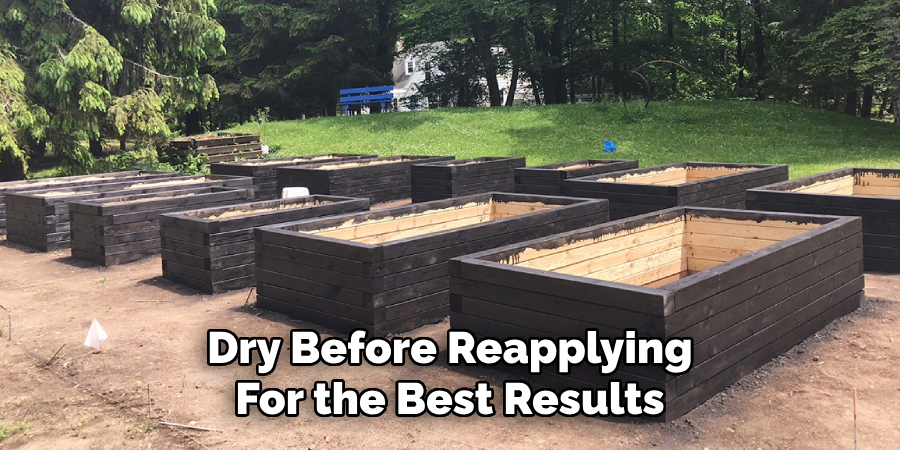
Touching Up the Stain
Over time, the stain may fade or wear, especially when exposed to sun, rain, or other harsh conditions. To preserve the wood’s appearance and integrity, reapply the stain or sealer every season. Ensure the surface is clean and dry before reapplying for the best results.
Store Indoors During Harsh Weather
To extend the lifespan of your planter box, store it indoors during extreme weather conditions, particularly in winter. Prolonged exposure to freezing temperatures, heavy rain, or snow can compromise the wood and its finish. By taking these steps, you’ll enjoy a durable, beautiful planter box for years to come.
Conclusion
To ensure your planter box remains both durable and visually appealing, follow these essential steps: clean, sand, stain, and seal the wood. Proper preparation and maintenance will provide long-lasting protection against the elements while enhancing its aesthetic charm. Remember to be patient during the drying and curing process, as this step is crucial for achieving the best results and durability for outdoor use. If you’re exploring “how to stain a wood planter box,” don’t hesitate to experiment with different colors and finishes to match your garden or home decor. With care and creativity, your planter box will be a stunning addition to your space.

